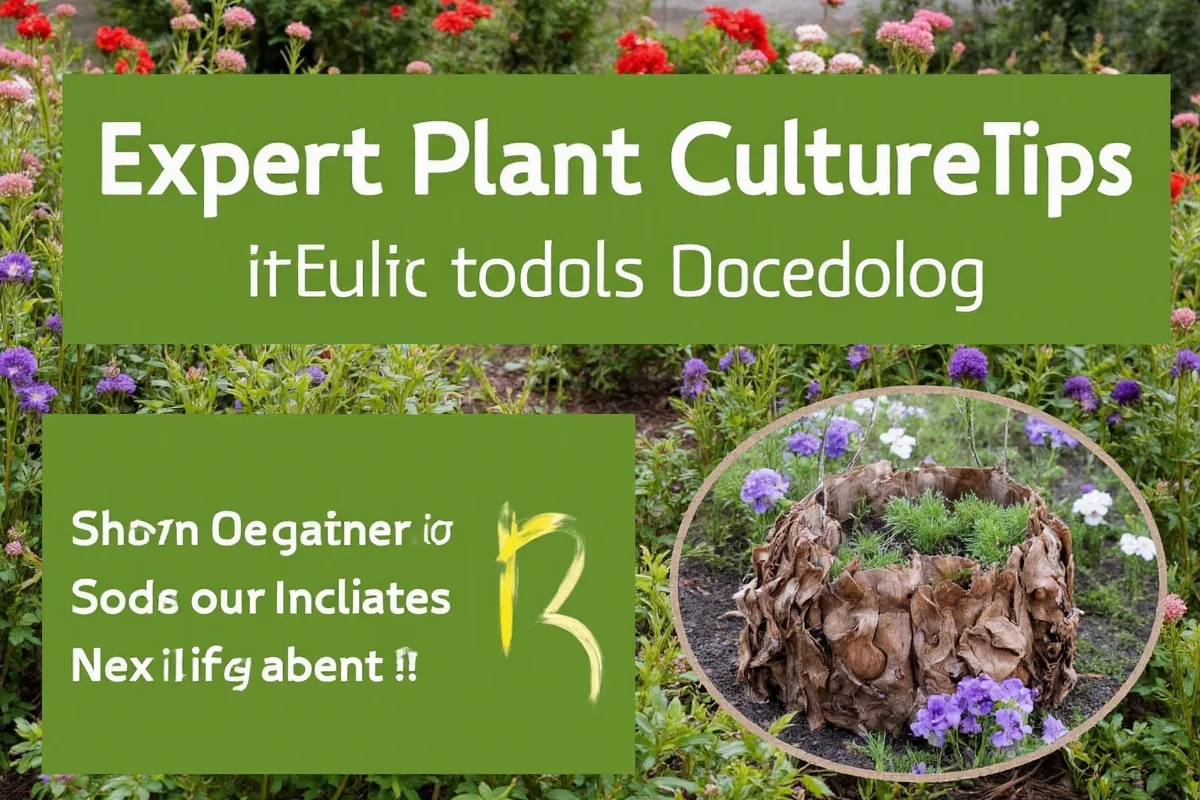Aeoniums, known as succulent tree houseleeks, are mesmerizing plants with unique geometric leaves. Caring for these succulents may seem challenging, but with the right approach, they can thrive brilliantly. This article provides essential guidelines on aeonium care, including light conditions, watering, soil, temperature, and propagation. Understanding these basic needs will help you cultivate healthy aeoniums that add beauty to your garden or home.
Light Conditions
Aeoniums thrive in bright, indirect sunlight. While they enjoy sunlight, direct exposure can sometimes be too intense, especially during peak sun hours, and might lead to leaf burn or scorched spots. For optimal growth, aim for:
- Placing them in east-facing or west-facing windows for adequate morning or afternoon sunlight.
- Providing filtered sunlight by using sheer curtains if the sunlight is excessive.
- Supplementing with grow lights during darker winter months or if the plant is placed in a less naturally lit area.
Understanding your aeonium's light requirements is crucial, as inadequate lighting can lead to leggy growth and a lack of vibrant leaf colors that these succulents are known for.
Watering
Watering aeoniums requires a balance between neglect and attention, as they are susceptible to root rot if overwatered. To ensure your plants stay healthy:
- Water aeoniums deeply but infrequently, allowing the soil to dry out between waterings.
- Decrease watering during dormant periods, typically summer months.
- Check the moisture level by inserting a finger into the soil before deciding to water.
Following these watering tips ensures that the root system remains resilient and rot-free, fostering robust growth.
Soil
Aeoniums flourish in well-draining soil, an essential consideration in their care regimen. Ideal soil can dramatically influence their health and appearance:
- Use a cactus or succulent potting mix specifically designed for drainage.
- Consider creating your own mix by combining sand, perlite, and a regular potting soil to enhance aeration.
- Avoid dense, clay-based soils that retain moisture, as they increase the risk of root rot.
The right soil composition aids in preventing waterlogging, thus fostering healthy root development for your aeonium.
Temperature
Aeoniums prefer mild climates and can be sensitive to extreme temperatures. Their optimal growing temperatures vary from season to season:
- Maintain indoor temperatures ranging from 40°F to 100°F (4°C to 38°C) depending on their active or dormant state.
- Protect aeoniums from frost during winter by bringing them indoors or providing frost cover outdoors.
- Avoid placing near heat sources or in drafty areas, as temperature fluctuations can stress them.
By understanding aeoniums' temperature needs, you safeguard them against environmental stressors, encouraging healthy growth throughout the year.
Propagation
Propagating aeoniums can be a rewarding endeavor, allowing you to expand your succulent collection. Whether from seeds, cuttings, or offsets, the method requires careful planning:
- Take stem cuttings using sharp, sterile tools and allow them to callus before planting.
- Use well-draining soil to plant cuttings or offsets and water lightly until roots establish.
- Be patient with seeds, as germination can be slow; ensure seeds have proper light and warmth.
With patience and attention to detail, you can successfully propagate aeoniums, creating new additions for your gardening landscape.
In conclusion, aeoniums are captivating succulents that require specific care to thrive. By providing them with suitable light, watering practices, soil, temperature conditions, and propagation techniques, you can ensure robust and vibrant growth. Adequate attention to each aspect of care goes a long way in maintaining healthy and beautiful aeoniums that are sure to enhance any space.











 浙公网安备
33010002000092号
浙公网安备
33010002000092号 浙B2-20120091-4
浙B2-20120091-4